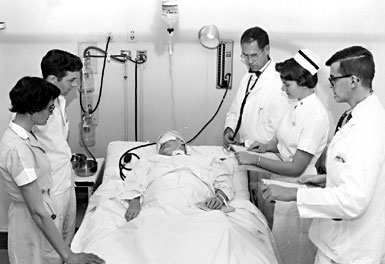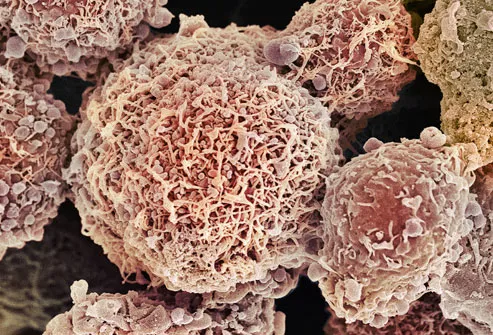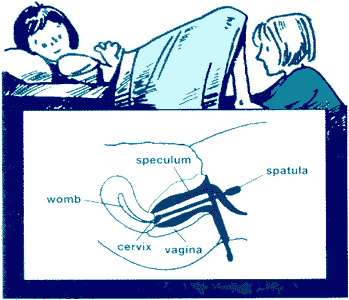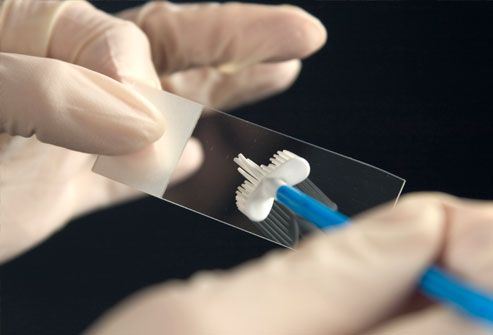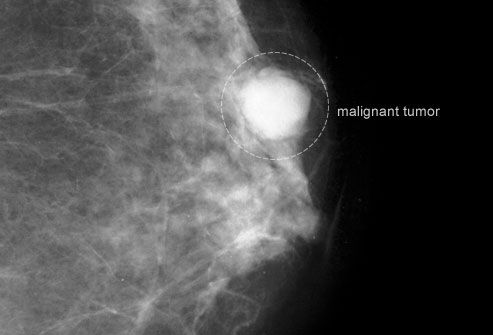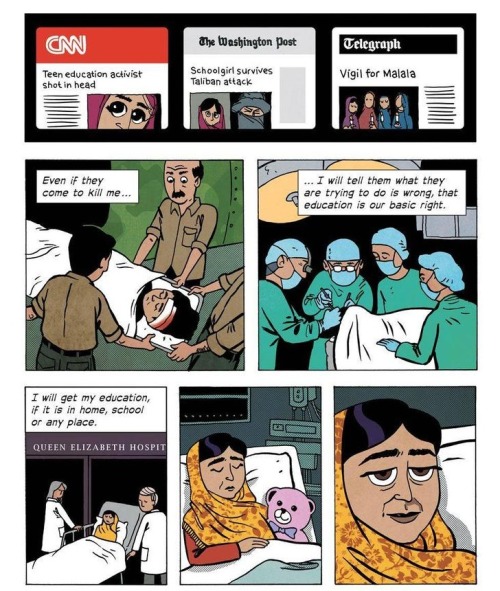 |
| Source |
Night float is draining...physically, mentally, and emotionally. Humans are not meant to be nocturnal, so sleeping during the day and working at night is very demanding. At first I had no problem sleeping throughout the day but as the days wore on I found myself sleeping less and less; sometimes only for 3 hours. I tried everything- sleep masks to block the sunlight, ear plugs to block outside noise, sleeping pills to stay asleep- nothing helped. I woke up feeling like a zombie, and trust me working off of 3 hours of sleep is hell!
There were times I was able to get a little sleep overnight, but nothing compares to sleeping in your own bed without the sound of a pager going off in the background. And nothing is more painful then being woken up right when you're heading into that good sleep ( y'all know what I'm talking about).
 |
| Trying to keep a smile on my face after a rough night |
At my program each morning you have to present an interesting case you admitted overnight. The intern describes the history and physical , labs, and any imaging done ( X-ray, CT scan), and the senior has to explain the assessment and plan. The most challenging part is defending your management and decisions; why you placed the patient on a certain medication, why you felt this patient warranted admission, or why you did or did not do one thing or another . It can be quite an anxiety inducing experience especially in front of 10 plus people and especially if there is a tough attending facilitating. There were days when I walked away feeling very low; I made a mistake or mismanaged someone wrong or just plain didn't have the answer. The worse part was feeling as if everyone thought I wasn't smart or capable of taking care of patients. But there was no time for feeling sorry for myself, I had to go home and (attempt to) sleep so I could come back to work that night.
Looking back I don't know how I made it through- it was simply the grace of God. I do believe I managed patients as best I could and I learned a lot from a myriad of cases. I'm grateful to my night float team who were fun to work with and helped make the time go quicker.
Needless to say nocturnal medicine is not in my future- I enjoy being in the land of daytime living way to much!

